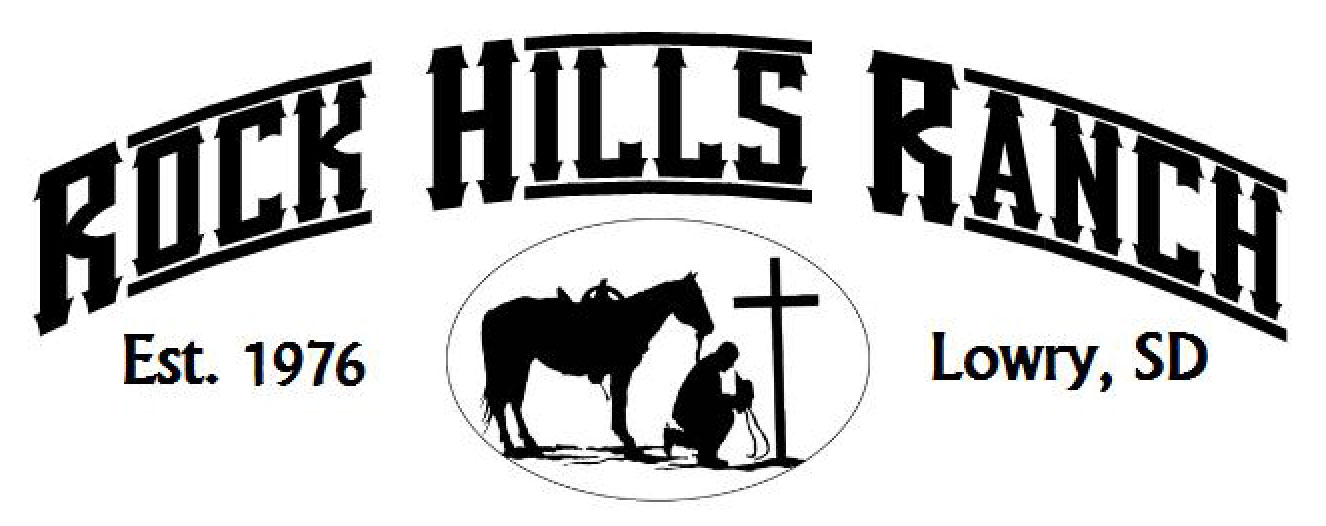There have been a number of “firsts” for me since my time on the ranch. I made my first loaf of homemade bread with Miss Garnet, I operated a “mustang” (Skid-Steer) to auger fence holes for the first time and I have now had the exciting experience of seeing snow!
While I was excited to finally address Anna of Arendelle’s question, “Do you want to build a snowman?” with a big loud “YES” (and with Sam’s help), the Perman family and citizens of Walworth county were more excited about the highly welcomed moisture for the land. After several repeated prayer requests for rain, the Lord came through two-fold (as in my experiences He typically does) and provided more than four inches of moisture for everyone.
Any of you familiar with cattle production could probably suspect that we at Rock Hills Ranch are in the middle of calving season. Luke, Lyle and Sam check cows multiple times every day to keep record of new calves and the condition of the herd. I am familiar with this and for me, checking cows was not a first.
The beautiful white snow I got to experience could not have arrived without the cold and wet conditions the came before it. Those conditions however, increased the frequency and importance of looking over the herd's new additions.
What was another first was my introduction to a “hot box”. For anyone who doesn’t know, a hot box is a mechanism used to warm cold and wet calves in less than desirable weather conditions. It ensures they are safe and out of harm’s way in regards to adverse weather. Sunday night, I went out to help Sam return a calf that was sufficiently warmed by the box back to its mother. We sunk down in our Muck boots, layered on clothes and I borrowed Miss Garnet’s more appropriate winter wear on account that a Floridian does not usually possess a parka-type coat.
Sam and I went to the barn with gloves on hand and retrieved the calf. As I drove the Gator through the rain and sleet, he held the young heifer in his arms until we reached the shelter in which the mother was waiting. With this came my first time in transporting a calf like this and my first time sorting Momma cows in the dark. The thick and slippery muck made it difficult for us to move swiftly amongst the mothers. While the flashlight provided enough illumination for us to read the numbers on the ear tags, the bodies of the large bovines were nearly invisible. As the harsh weather came down, we located the mother and placed her in a panel pen with her calf.
Driving away from the pen I started thinking about what we just did. The harsh conditions, the late night and the numerous challenges that could have presented themselves were just one instance with one calf. It is thanks to this experience for my first time I truly, I mean really developed a deeper sense of appreciation for cattle ranchers.
 These men and women care just as much about their cattle as they do their families. They help their spouses in providing a home and meal for the children, put them to bed and head out to take care of the herd that is so precious to their life. Those nights, the nights like the one I just shared happen more times than we can count. The ranchers stay up late, or check cattle on the hour through the night to ensure the safety and health of the herds. Then they wake up in the morning to their families, eat breakfast and go back out before changing quickly to make it to church on time for facilitation of worship and communion services.
These men and women care just as much about their cattle as they do their families. They help their spouses in providing a home and meal for the children, put them to bed and head out to take care of the herd that is so precious to their life. Those nights, the nights like the one I just shared happen more times than we can count. The ranchers stay up late, or check cattle on the hour through the night to ensure the safety and health of the herds. Then they wake up in the morning to their families, eat breakfast and go back out before changing quickly to make it to church on time for facilitation of worship and communion services.
In a society that possesses so many misconceptions about this industry, it is firsts like this that ignite in us the passion required to keep driving forward and sharing all the good that agriculturalists have to offer to our world. I look forward to the first time many others find a new appreciation for cattle ranchers and agriculturalists alike, and hope that maybe for the first time, I will be responsible for just one of those realizations.


